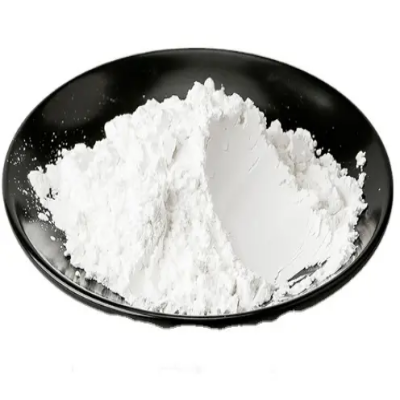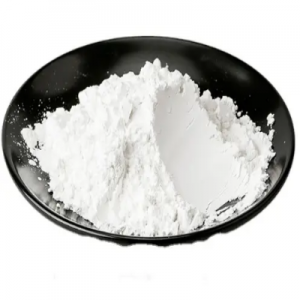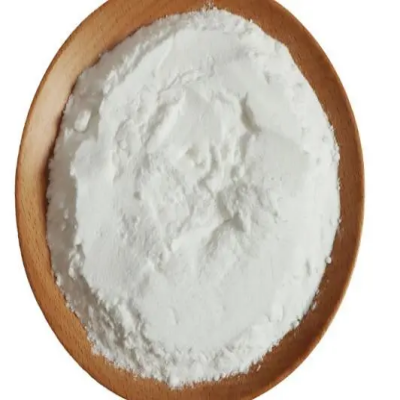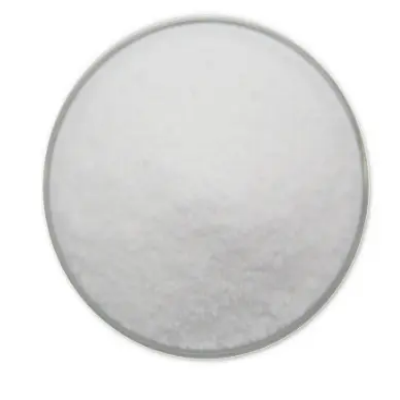Trimethylsilylcyanide CAS:7677-24-9
Trimethylsilylcyanide finds diverse applications in organic chemistry, pharmaceutical research, and materials science. One of its primary uses is as a powerful nucleophilic reagent in carbon-carbon bond formations and C-C coupling reactions. Chemists employ this compound to introduce cyano groups into organic molecules, enabling the synthesis of complex compounds and functionalized intermediates for drug discovery and fine chemicals production. In addition to its role as a synthetic tool, Trimethylsilylcyanide is utilized in catalytic processes, such as hydrocyanation and cyanation reactions. Its ability to activate multiple bonds and catalyze selective transformations makes it valuable in developing efficient methodologies for constructing key structural motifs, heterocyclic compounds, and biologically active molecules, contributing to advancements in medicinal chemistry and chemical synthesis. Furthermore, this compound serves as a key reagent in protecting group chemistry and organic transformations to manipulate functional groups selectively. Trimethylsilylcyanide's versatility in masking reactive sites enables chemists to control regioselectivity and stereoselectivity in complex reactions, facilitating the synthesis of challenging structures and enhancing synthetic efficiency in multi-step synthesis routes. Moreover, Trimethylsilylcyanide plays a crucial role in transition metal-catalyzed reactions, cross-coupling processes, and organometallic chemistry. Scientists leverage its reactivity and coordination properties to design new catalyst systems, explore mechanistic pathways, and develop innovative transformations with broad synthetic utility, expanding the toolbox of synthetic chemists and enabling the creation of diverse chemical architectures. Overall, Trimethylsilylcyanide is a valuable reagent in chemical synthesis, catalysis, protective group chemistry, and materials research, showcasing its significance in advancing organic chemistry, drug discovery, and materials innovation. Its contributions to synthetic methodologies, reaction development, and molecular design highlight its importance in scientific discovery, technological advancements, and addressing challenges in pharmaceuticals, materials science, and chemical synthesis for various applications and industries.






| Composition | C4H9NSi |
| Assay | 99% |
| Appearance | white powder |
| CAS No. | 7677-24-9 |
| Packing | Small and bulk |
| Shelf Life | 2 years |
| Storage | Store in cool and dry area |
| Certification | ISO. |




![tert-Butyl 6-hydroxy-2-oxospiro[indoline-3,4'-piperidine]-1′-carboxylate CAS:2383903-89-5](https://cdn.globalso.com/xindaobiotech/6FOL1BS0UMD0X9Z402213.png)




